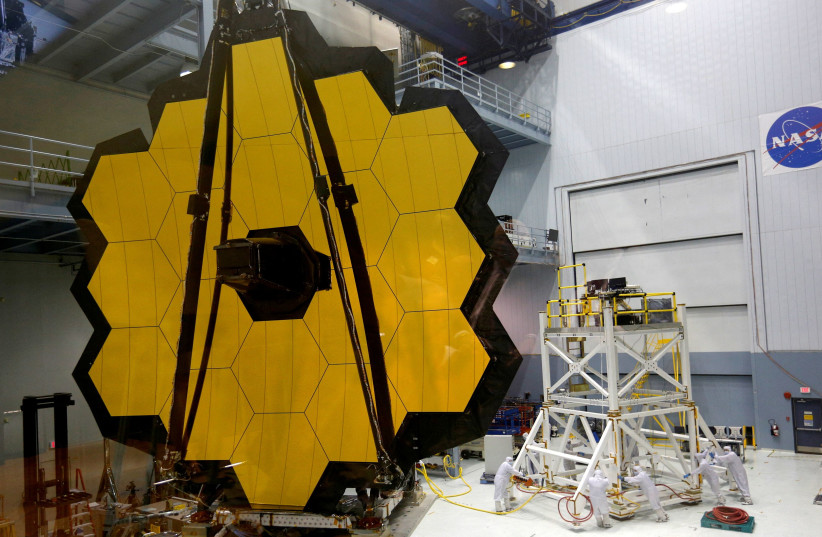NASA announced on Thursday that astronomers using the James Webb Space Telescope had identified a source of carbon dioxide on the icy surface of Juptier's moon Europa.
Europa is a focus of astronomers due to it having the potential for life. The planet has a hard icy crust and a salty liquid ocean beneath ending in a rocky seafloor.
The source of carbon dioxide was mostly found in a region of Europa called Tara Regio, an area known to be geologically young with resurfaced "chaos terrain", meaning that the surface ice has been disrupted.
This disruption is likely caused by the shifting of material between the subsurface ocean and the surface ice.
Carbon dioxide isn't stable on Europa, leading researchers to conclude that it must be a recent deposit on a geological timescale.

Researchers also believe that the carbon dioxide was most likely not deposited by meteorites and other external sources.
This discovery has important implications for the habitability of Europa’s ocean.
“On Earth, life likes chemical diversity – the more diversity, the better. We’re carbon-based life. Understanding the chemistry of Europa’s ocean will help us determine whether it’s hostile to life as we know it, or if it might be a good place for life,” said Geronimo Villanueva of NASA’s Goddard Space Flight Center in Greenbelt, Maryland.
“We now think that we have observational evidence that the carbon we see on Europa’s surface came from the ocean. That's not a trivial thing. Carbon is a biologically essential element,” added Samantha Trumbo of Cornell University in Ithaca, New York.
“Previous observations from the Hubble Space Telescope show evidence for ocean-derived salt in Tara Regio,” explained Trumbo. “Now we’re seeing that carbon dioxide is heavily concentrated there as well. We think this implies that the carbon probably has its ultimate origin in the internal ocean.”
“Scientists are debating how much Europa’s ocean connects to its surface. I think that question has been a big driver of Europa exploration,” said Villanueva. “This suggests that we may be able to learn some basic things about the ocean’s composition even before we drill through the ice to get the full picture.”
No comments:
Post a Comment